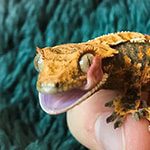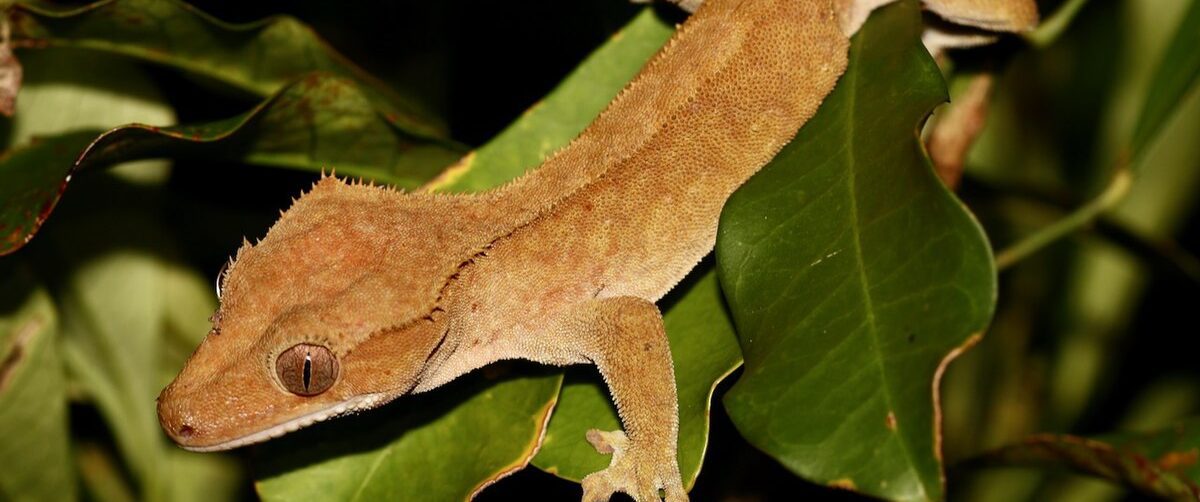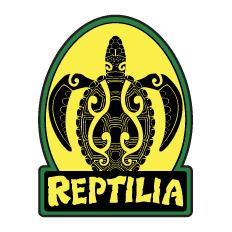
Crested Gecko
Scientific Name: Correlophus ciliatus
Type: Reptile
Diet: Omnivore
Average Life Span: 15 – 20 years
Size: 6 – 8 inches
Weight: 35 grams (average)

About Crested Geckos
The crested gecko or eyelash gecko (Correlophus ciliatus) is a species of gecko native to southern New Caledonia. In 1866, a French zoologist named Alphone Guichenot first described the crested gecko. An expedition in 1994, led by Robert Seipp, rediscovered this species. Along with several Rhacodactylus species, it is being considered for protected status by the Convention on the International Trade in Endangered Species of Wild Flora and Fauna. It is popular in the pet trade.
Size and Behaviour
Crested geckos do not have eyelids. Instead, a transparent scale, or spectacle, keeps each eye moist, and the geckos use their tongues to clear away debris. Like the closely related Rhacodactylus geckos, crested geckos have webbed legs and digits. They are a mostly arboreal species, preferring to inhabit the canopy of the New Caledonian rainforests, and because of this they can jump considerably well. They are primarily nocturnal, and will generally spend the daylight hours sleeping in secure spots in high branches. Crested geckos are, however, less strong climbers than tokay gecko.
The crested gecko – unlike the closely related gargoyle gecko (Rhacodactylus auriculatus) – will not regrow its tail once lost. The cells around the base of the tail are brittle, allowing the tail to break away when threatened or caught by a predator. The capillaries to the tail will close almost instantly, so there is little to no blood loss. The tails will move independently of the body for 2–5 minutes. The loss of their tail is not problematic, and most adults in the wild do not have their tails.
Diet & Nutrition
Crested Geckos are omnivores, and may be even be considered frugivorous. They feed on a variety of insects and fruit. In captivity, they should be fed a commercially prepared, fruit-based diet with live feeder insects as a supplement. An unbalanced diet containing insufficient calcium can quickly lead to metabolic bone disease (MBD).
Crested Geckos are very long-lived. While they have not been kept in captivity long enough for a definitive life span determination, they have been kept for 15–20 years or more. They can be kept healthy on specially prepared powder diets with sufficient calcium and other nutrients.
